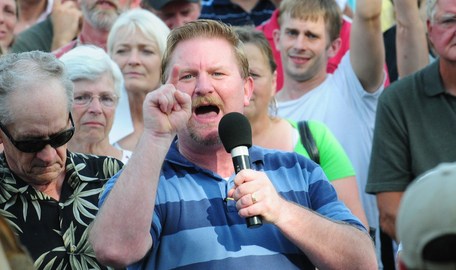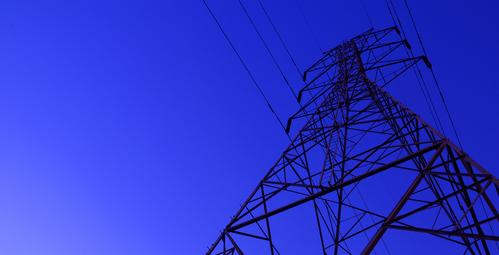Researchers Say Holding Public Meetings on Science Policy Could Backfire

The news service for the College of Life Sciences at the University of Wisconsin has a good summary of a recent article at The Scientist by several colleagues who spotlight a possible backfire effect in using public meetings to engage the public on science policy.
Town hall meetings may be a good way to hear a range of strongly held opinions, but as measure of how the community as a whole feels about an issue, they leave lot to be desired. That’s especially true when it comes to highly contentious issues. If you want a good example close to home, think back to the process the Department of Homeland Security used to evaluate potential sites for its National Bio and Agro-Defense Facility—one of which was on UW-Madison land near Lake Kegonsa.
“Community acceptance” was an important criterion in evaluating those sites, and DHS evaluators relied heavily on town-hall-style meetings to gauge public opinion. That decision-making process was the subject of a study by three communications researchers, including Dietram Scheufele and Dominique Brossard of CALS’s life sciences communication department and Andrew Binder, who earned his Ph.D. through that program is now at North Carolina State University. They summarized their results in an opinion piece titled “Misguided Science Policy” in a recent issue of The Scientist.
The team looked at how NBAF rated community acceptance in the communities studied, and compared those ratings to what they learned by surveys of the larger populations in those towns and interviewed with local journalists and community leaders. The intensity of expression of negative opinions in public meetings, amplified by news media accounts, let to significant underestimates of public support, the researchers conclude. The findings suggested that “…using public meetings may actually promote policy choices that are diametrically opposed to public preferences,” they write.
Here is how the researchers conclude their article at The Scientist:
Public opinion theory suggests that both the DHS rankings of community acceptance and survey respondents’ views of the climate of opinion were based on skewed perceptions shaped by highly vocal anti-NBAF groups and individuals. Opposition views, initially expressed in public meetings as well as yard signs and everyday conversations, were then amplified by news media and spread within communities and to the DHS. This resulted in a dual climate of opinion, which occurs when the majority of the public is on one side of an issue but also believes that most of the people around them oppose that view. Dual climates of opinion can have detrimental effects on public discourses surrounding science and technology by silencing large segments of the public who falsely see themselves in the minority. They are even more of a problem when they serve as a heuristic for policymakers who are looking to these meetings for public input, because that input ultimately reflects the views of a highly self-selecting group of people that in many cases misrepresents the views of the community. In these cases, public meetings were not the answer. But, if not through public meetings, how can policymakers achieve a consent-based approach while conforming to democratic ideals, particularly for controversial scientific issues? Our recommendation would be to focus more time and resources on pro-active, systematic assessments of public opinion that gives an equal voice to all members of the community. Decisions like this with tremendous societal and political impacts should not be left only to those with strong views who are willing to make the most noise at a public meeting.





